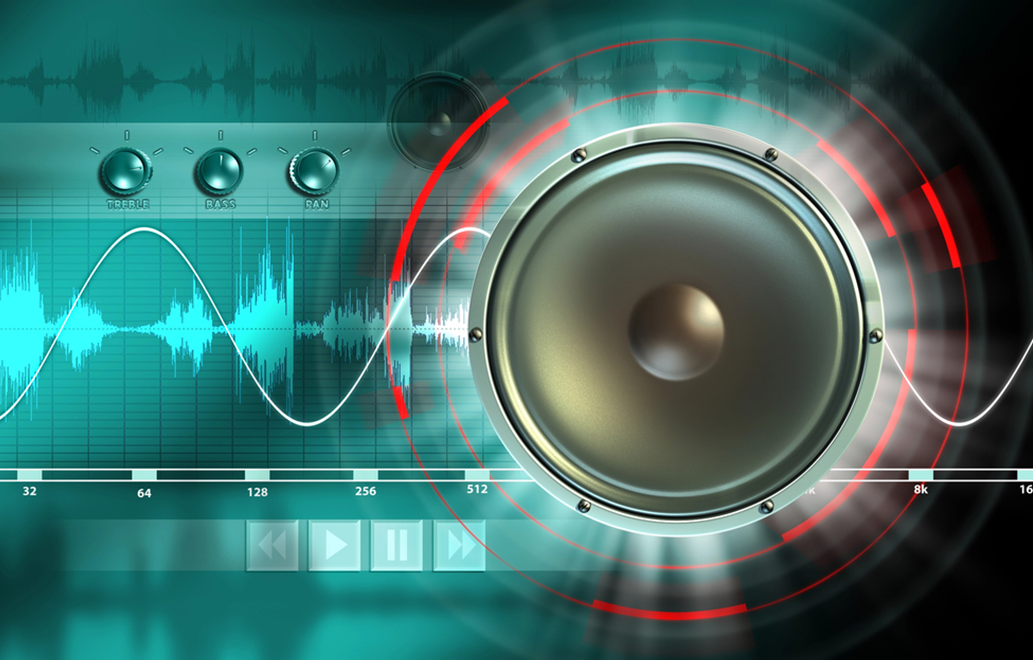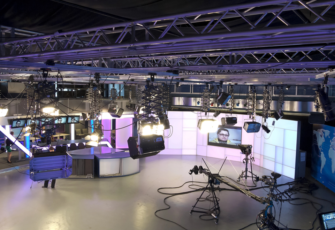Sound design is one of the most transforming yet frequently undervalued factors in the dynamic realm of event production. This sophisticated art form goes beyond background music, defining the very spirit of an event through immersive audio experiences that attract and engage listeners. In events, sound design is a subtle but powerful storyteller, defining tones, evoking emotions, and adding to those unforgettable moments. As we explore deeper, we discover how
sound design not only complements visual spectacles but also serves as a foundation for experiential event planning.
The Essence of Sound Design in Events
Sound design is a precisely designed part of
storytelling and experience development that is far more than just background music or audio effects. It is crucial - whether they are product launches, leadership summits, or annual meetings - in setting the tone, enhancing emotions, and even directing the audience's attention. The impact of well-designed audio cannot be overstated; it can transform a routine meeting into a memorable, multimodal event.
The Process Behind the Scenes
Creating good soundscapes necessitates a thorough understanding of that specific venue, MIG’s owned audio gear & technology, and human psychology. Sound designers collaborate closely with production and technical teams to understand an event's concept, audience, and purpose. This partnership enables the construction of an audio environment that
enhances the entire experience by complementing visual aspects. Each sound is carefully crafted to contribute towards the overall takeaway that the client is trying to convey to their attendees.
Technology and Innovation in Sound
Technological advancements have offered new avenues for sound designers. Designers can use tools like 3D audio and spatial sound to build spaces where sound moves and evolves, immersing attendees in a more realistic and engaging experience. This invention is about creating an audio trip that can take the listener to different locations and periods, not merely louder or clearer sound.
The Emotional Impact of Sound
Sound has a tremendous emotional impact. The correct song or sound effect can elicit feelings of nostalgia, enthusiasm, peace, or suspense. This emotional connection is what makes sound design such a strong event tool. Designers may influence the emotional environment of an event by altering noises, ensuring that spectators remember not just what they saw but also how they felt.
Challenges and Considerations
Creating the ideal soundscape is not without its difficulties. The venue itself is a major concern; its size, shape, and acoustics all have an impact on how sound is perceived. Furthermore, sound designers must be conscious of the audience's different preferences and needs, ensuring that the audio adds rather than detracts from the experience.
In the end, we identify event sound design as an invisible yet powerful force that weaves moments into a memorable narrative. It serves not only as an aural element but also as an emotional conductor, orchestrating a symphony of sensations in which each note and quiet is significant. With the advancement of technology, the potential of sound design in modifying event experiences is limitless, enabling us to fully immerse ourselves in these orchestrated realms of sound. We are encouraged as guests to embrace these auditory adventures, allowing the intricate tapestry of sounds to direct our emotions and create lasting memories.




